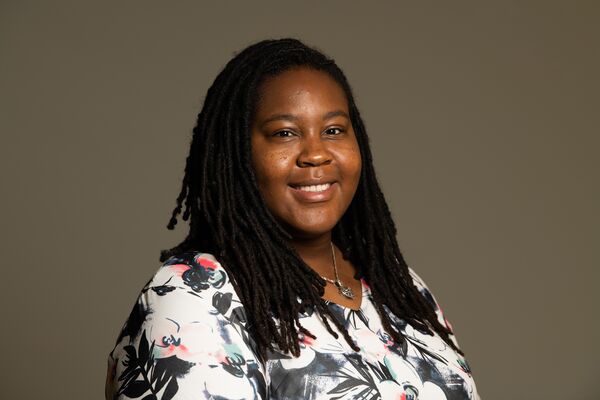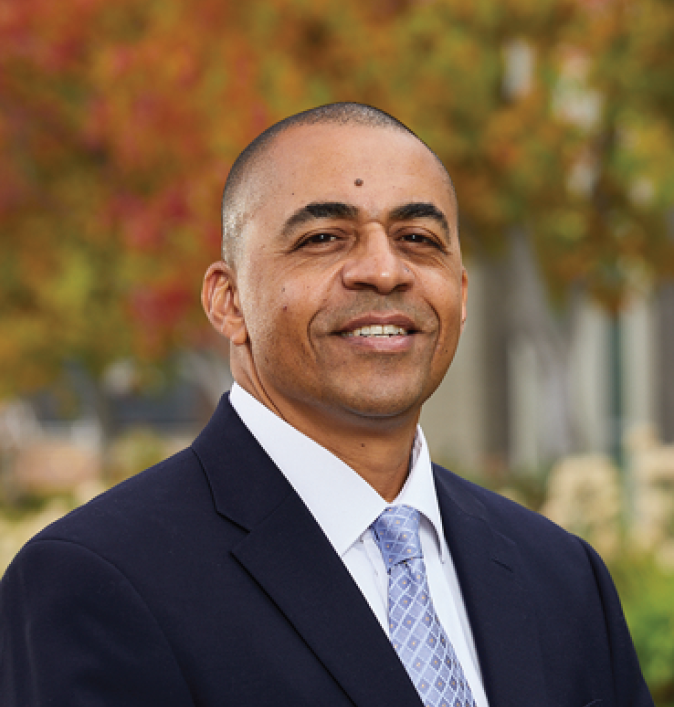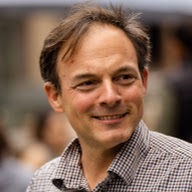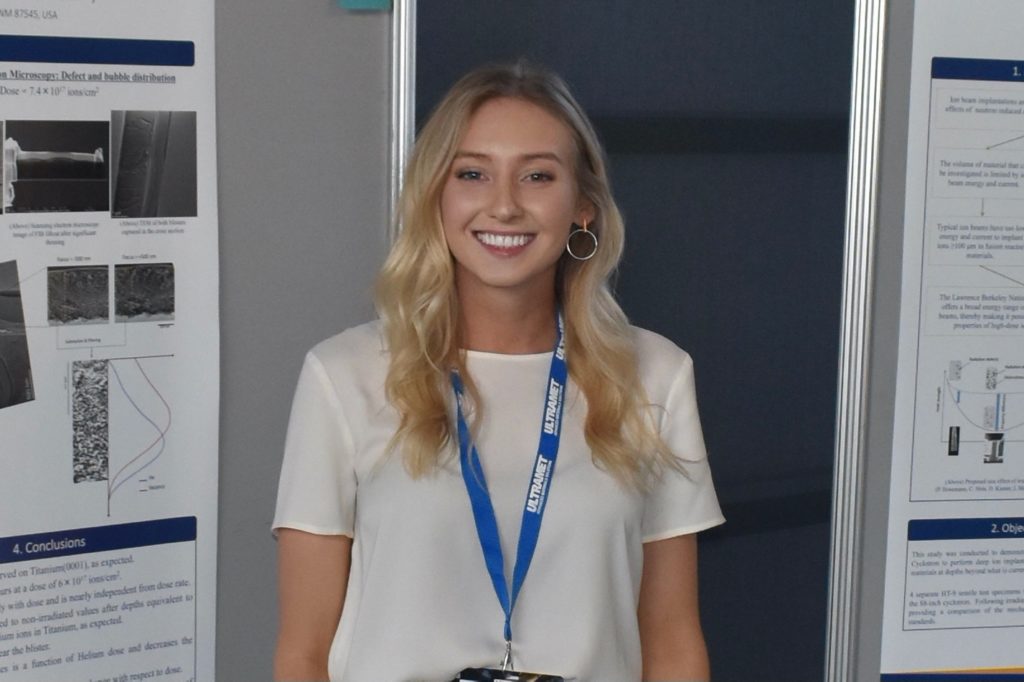Archive for September 2022
Online monitoring capabilities for harsh environments
SPEAKER: Shirmir D. Branch Chemist, Pacific Northwest National Laboratory DATE/TIME: FRI, 09/30/2022 – 3:00PM TO 4:00PM LOCATION: 3105 ETCHEVERRY HALL Fall 2022 Colloquium Series Abstract: The application of online monitoring to harsh environments, such as nuclear waste streams or molten salt reactors, presents the potential to enhance fundamental processes while significantly reducing operation cost, risk,…
Read MoreEmerging Applications in Materials Science and Advanced Manufacturing at Lawrence Livermore National Laboratory
SPEAKER: Manyalibo J. Matthews, Ph.D. Division Leader, Materials Science Division Lawrence Livermore National Laboratory DATE/TIME: FRI, 09/23/2022 – 3:00PM TO 4:00PM LOCATION: 3105 ETCHEVERRY HALL Fall 2022 Colloquium Series Abstract: The International Atomic Energy Agency (IAEA) defines severe accidents as “Accident conditions more severe than a design basis accident and involving significant core degradation”. Fukushima-Daiichi, Chernobyl,…
Read MorePeter Hosemann Lead PI of a New Fusion Energy Science Award
Peter Hosemann Lead PI of a New Fusion Energy Science Award September 21st, 2022 Professor Peter Hosemann is the lead PI of a new Fusion Energy Science award entitled “Measuring, Modeling and Managing Radiation Effects in High Helium Fusion Relevant Environments” in collaboration between UCB and UCSB. The team will investigate structural material for fusion…
Read MoreAPT study of radiation-induced segregation ferritic/martensitic steels after irradiation with high-energy protons and spallation neutrons
SPEAKER: Yong Dai Laboratory for Nuclear Materials, Paul Scherrer Institute, Switzerland DATE/TIME: FRI, 09/16/2018 – 3:00PM TO 4:00PM LOCATION: 3105 ETCHEVERRY HALL Fall 2022 Colloquium Series Abstract: Ferritic/martensitic (FM) and ODS steels have been extensively studied in various fission and fusion material R&D projects around the world. These steels are also candidate structural materials for…
Read MoreUCBNE Graduate Students Send Equipment and Expertise to Ransacked Chernobyl
UCBNE Graduate Students Send Equipment and Expertise to Ransacked Chernobyl September 14th, 2022 3D visualization of the residual radiation in the town of Pripyat. (Reconstruction by Kalie Knecht, UCBNE graduate student ) A recent article published in BerkeleyNews describes the contribution of UCBNE graduate students Jake Hecla, Michael Bondin, and others to the relief efforts…
Read MoreApplying chemical biology to expand the range of actionable targets for nuclear medicine applications
SPEAKER: Dr. Michael Evans Associate Professor in Residence, Department of Radiology and Biomedical Imaging, Pharmaceutical Chemistry, UCSF DATE/TIME: FRI, 09/09/2022 – 3:00PM TO 4:00PM LOCATION: Webinar Fall 2022 Colloquium Series About the Speaker: Michael Evans, PhD, is an Associate Professor in Residence in the UCSF Department of Radiology and Biomedical Imaging. He is a…
Read MoreGraduate Student Sarah Stevenson Awarded ANS Congressional Fellowship
Graduate Student Sarah Stevenson Awarded ANS Congressional Fellowship September 8th, 2022 UCBNE Ph.D. candidate Sarah Stevenson has been selected for the 2023 ANS Glenn T. Seaborg Congressional Science and Engineering Fellowship. For the first time in the history of the fellowship, two members have been chosen, Stevenson alongside GE-Hitach Joseph Orellana. Harsh S. Desai, chair…
Read More





